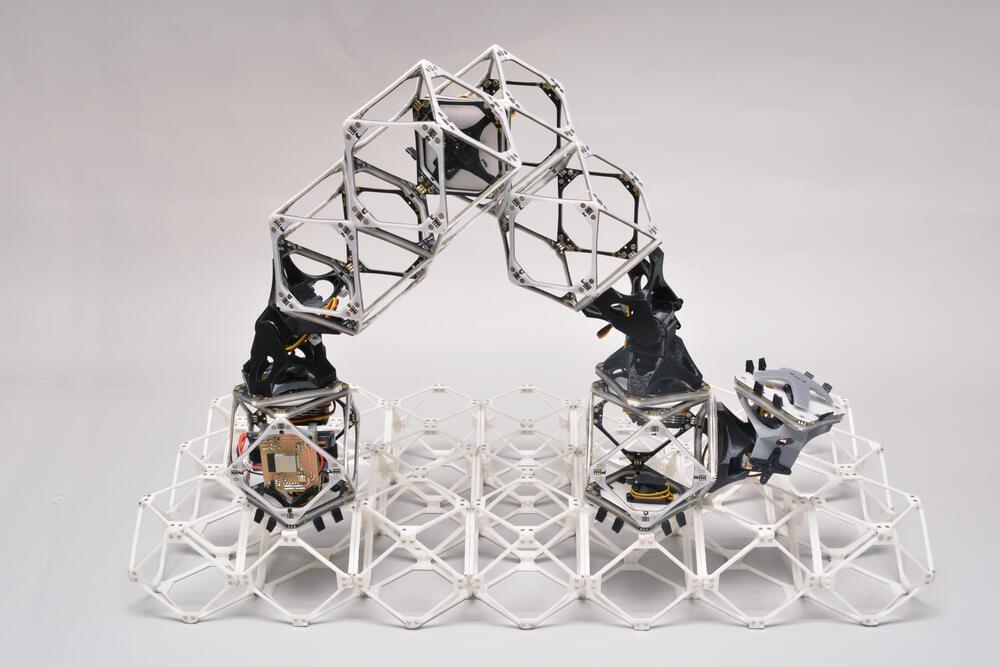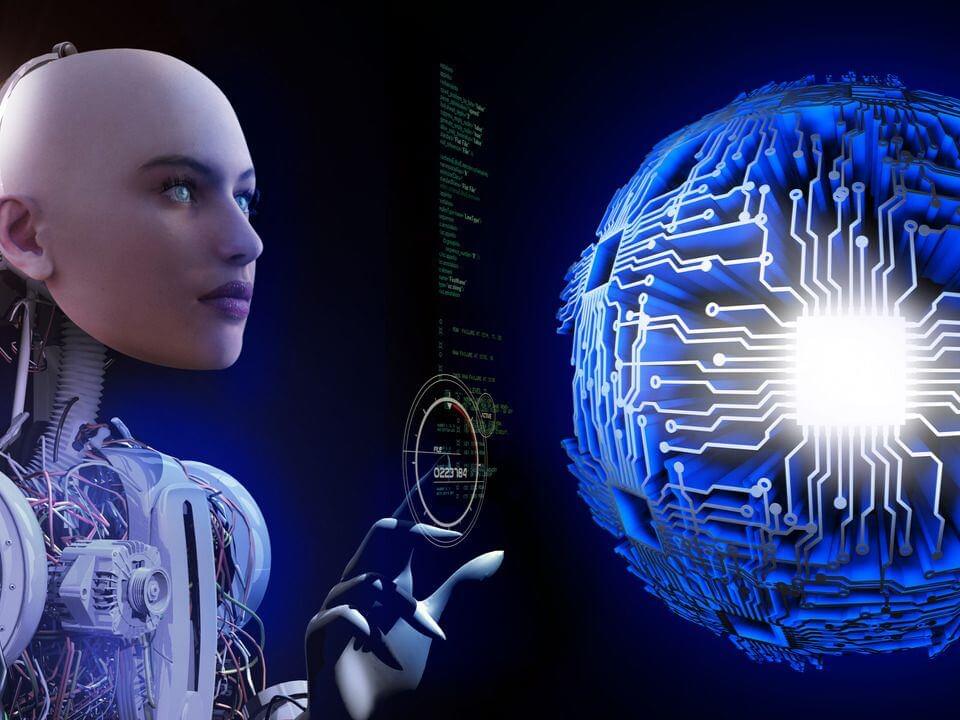An artificial intelligence (AI) agent named CICERO has mastered the online board game of Diplomacy. This is according to a new study by the Meta Fundamental AI Research Diplomacy Team (FAIR) that will be published today (November 22) in the journal Science.
AI has already been successful at playing competitive games like chess and Go which can be learned using only self-play training. However, games like Diplomacy, which require natural language negotiation, cooperation, and competition between multiple players, have been challenging.
The new agent developed by FAIR is not only capable of imitating natural language, but more importantly, it also analyzes some of the goals, beliefs, and intentions of its human partners in the game. It uses that information to figure out a plan of action that accounts for aligned and competing interests, and to communicate that plan in natural language, the researchers say.




